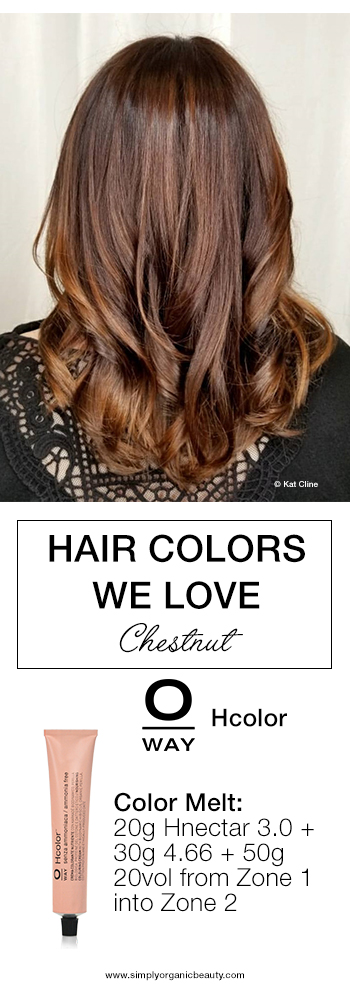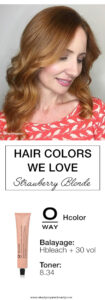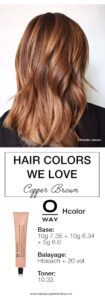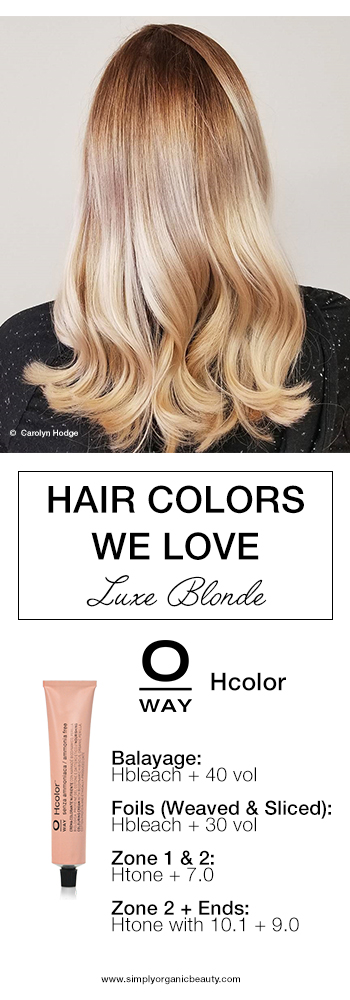Synthetic Fragrance and Thyroid Disease
As hair stylists and salon owners, we are exposed to a host of harmful chemicals, which over time negatively affect our health. One of the most common occupational illnesses hairdressers suffer from is thyroid disease.
According to The American Thyroid Association, approximately more than 12% of the American population are at risk of developing a thyroid disorder. Currently, over 20 million Americans are suffering from a thyroid disease, 60% of which are undiagnosed.
But how do millions of people unknowingly acquire this disease?
Facts about the Thyroid Gland
The thyroid is a hormone-producing gland that controls our metabolism. As part of our endocrine system, it is responsible for regulating some of our body’s critical functions including our central nervous system, heart rate, breathing, and fertility.
The thyroid maintains two hormones: Triiodothyronine (T3) and Thyroxine (T4), which need to be balanced at all times. Too much T3 and T4 in the body can cause hyperthyroidism. Too little and you may be at risk for hypothyroidism. Both conditions may put anyone at risk for certain serious illnesses, so it is important to seek professional treatment as soon as symptoms arise and to steer clear of potential toxins that disrupt our thyroid, also known as endocrine disruptors.

Endocrine Disruptors are chemicals that interfere with the body’s normal hormonal functions by increasing production of certain hormones while decreasing production of others. In 2010, a report by the President’s Cancer Panel mentions chemicals such as synthetic fragrance and phthalates as two of the most potent endocrine-disrupting chemicals (EDCs) commonly found in our everyday beauty products.
How Synthetic Fragrance Affects Our Thyroid Glands
Even though the FDA requires brands to name ingredients on the label, this federal loophole still allows manufacturers to sneak chemicals under one blanket term – “fragrance”. As a result, toxins make their way into our bodies without us knowing it, which most likely explains why more than half of the population with thyroid problems remain undiagnosed.
Because ingredients in “fragrance” are considered trade secret, chemicals like benzene, styrene, phthalates, and petroleum often find their way into beauty products. These are known hormone disruptors that mimic the body’s hormones and disrupt our normal body functions, causing thyroid problems and various health issues. Benzene and styrene, components usually present in gasoline and cigarette smoke, have also been found to be human carcinogens. Individuals who have been diagnosed with thyroid cancer were found to have been exposed to both these chemicals.

How to Reduce Risk of Developing Thyroid Problems
Fortunately, there are several ways you can to do reduce you risk of exposing yourself to EDCs and eventually developing thyroid problems.
1. Be wary of products with ingredients listed as “fragrance”. Always read the label. If the label has not specified the ingredients used in fragrance, chances are the product is filled with synthetics.
2. Eliminate toxins in your life, such as food additives, and chemical-laden detergents, cleansers, and salon products. These examples are often filled with phthalates used as fragrance chemicals.
There are many holistic hair color and salon products available that do not use ammonia, formaldehyde, and synthetic fragrances in their ingredients.
3. Go natural. If you enjoy putting on some perfume, choose one that uses natural ingredients and essential oils as fragrance.

Oway’s new OWN Way is made from 100% pure botanical ingredients and aromatic herbs, which make it perfect for perfume lovers, male or female. Not to mention, all the ingredients used in the perfume are clearly indicated on the label. [ND] means naturally derived; [BD] stands for biodynamic, and [EO] means essential oil.





